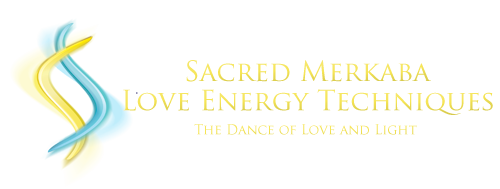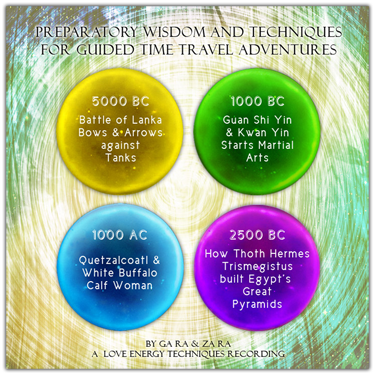What is a Merkaba?
A Merkaba is a Love Oriented Dance of Energy that expands the size of the Consciousness in one’s Light Body to a Love-Love Light Body so one may activate 7 Merkabas from the Angelic to Solar Sun level in this Universe and experience multiple dimensional levels simultaneously… Read More
Founders
Ga Ra and Za Ra are the sacred names of the Founders. Ga Ra cognised the Sacred Merkaba Techniques in 1997 as Gary Smith and was joined by Za Ra in 2012 when they began co-teaching their Sacred Merkaba Love Energy Techniques… Read More
Love Energy Techniques
Hear wisdom to self heal your Emotional Body. Learn techniques that enable you to attain and retain Enlightenment. Activate multiple Merkabas. Consciously experience visiting higher dimensional levels of Consciousness in this Universe… Read More
Classes
We teach one to activate 2 Merkabas in our Activator classes, 4 Merkabas in our Starfire Healer classes, and offer advanced wisdom on how to activate 7 Merkabas in our Teacher classes… Read More







